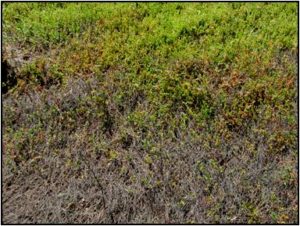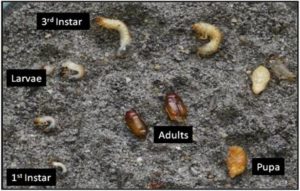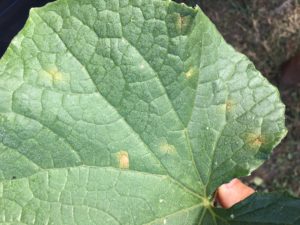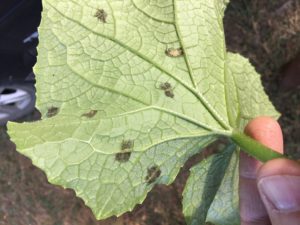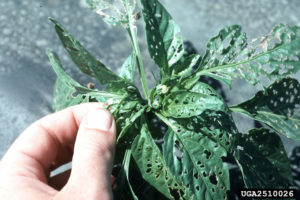Peach:
Oriental Fruit Moth (OFM): Third flight adults are present in southern counties and just starting to emerge in northern counties. Egg laying has started in southern counties and the first treatments are due now. Please see table below for timing:
